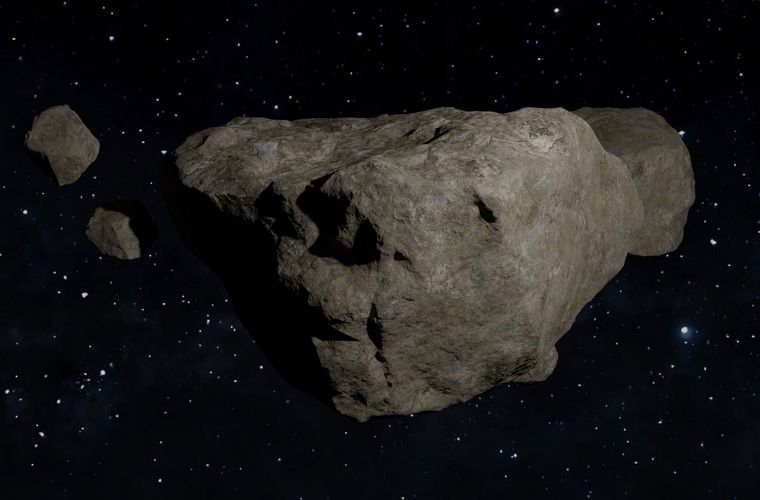Protoplanets are large collections of matter found in orbit around distant stars, or even our Sun, which have the potential to form into planets. Considered “planetary embryos” by astronomers, these formations begin with material that eventually melts to produce a core that’s chemically different from the structure’s outside, similar to our own planet’s core which is a liquid metal, different from the solid outer crust.
Now, in advance of NASA’s Psyche mission scheduled for later this year, planetary scientists have produced the most detailed map yet of the unusual asteroid, which may help determine whether its unusual metallic structure represents a prospective protoplanet as well.
Background: Protoplanet Formation
Protoplanets are somewhat rare in our Solar System. To be considered a protoplanet, an object must have specific chemical compositions and generally be around the size of Pluto. Currently, three protoplanets have been identified in our Solar System, Ceres, Pallas, and Vesta, all of which are also steroids.
Protoplanets may have even helped form our Moon. One theory holds that a protoplanet astronmers call Theia collided with Earth and helped create the Moon at some point in the distant past. Now, astronomers want to determine whether Psyche might have been formed in a similar way.
Analysis: Mapping PsychE
Later this year, NASA plans to send a probe to Psyche to learn more about the asteroid and determine its planetary status. Previously, scientists from MIT in cooperation with other institutions used the Atacama Large Millimeter/submillimeter Array (ALMA) to look at Psyche.
The ALMA telescope array, based in Chile, is considered by NASA to be “the most powerful Earth observatory in history,” and allowed researchers to measure the amount of light coming from Psyche, which helped them estimate the temperature and certain chemicals on the asteroid’s surface. From this, the researchers were able to create a map of the asteroid.
“These maps confirm that metal-rich asteroids are interesting, enigmatic worlds,” says MIT planetary scientist Saverio Cambioni. “It’s another reason to look forward to the Psyche mission going to the asteroid.”
Outlook: Blast Off
To learn more about the asteroid, the spacecraft will be equipped with a gamma-ray and neutron spectrometer, which will help reveal details about the asteroid’s chemical composition. The mission, originally set to launch in the summer, was delayed due to software issues. Now scheduled for September 20, the spacecraft is expected to arrive at the asteroid by 2026.
Once it does, Psyche’s status as a protoplanet may finally be revealed, along with other clues about the composition and structure of this unique asteroid.
Kenna Hughes-Castleberry is a staff writer at the Debrief and the Science Communicator at JILA (a partnership between the University of Colorado Boulder and NIST). She focuses on deep tech, the metaverse, and quantum technology. You can find more of her work at her website: https://kennacastleberry.com/

